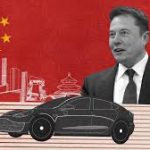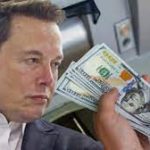Elon Musk’s Falcon 1: The First Step in His Journey to Conquer Space
- NgocAnh
- March 30, 2025
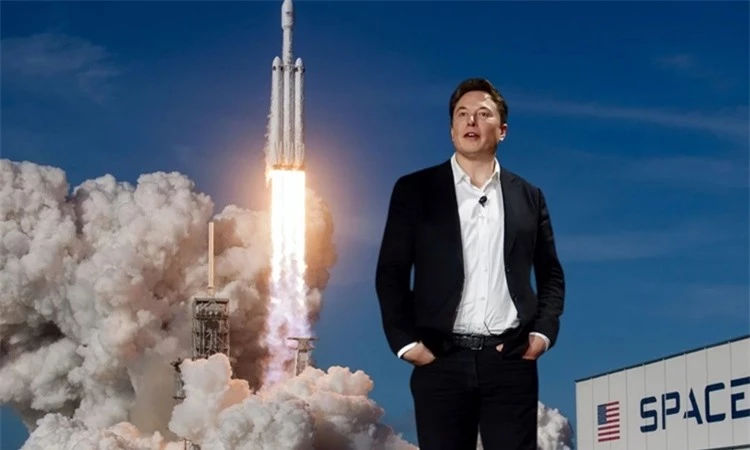
Elon Musk’s Falcon 1: The First Step in His Journey to Conquer Space
Introduction: Elon Musk’s journey to revolutionize space travel and make humanity a multi-planetary species began with a seemingly modest but groundbreaking project—Falcon 1, the first privately developed liquid-fueled rocket to reach orbit. The launch of Falcon 1 marked a critical milestone in space exploration, not only for Musk but for the entire space industry. In 2002, Musk founded SpaceX with the audacious goal of making space travel more affordable and accessible. The development of Falcon 1 would set the stage for the creation of some of the world’s most advanced and successful rockets, like the Falcon 9 and the Starship. However, it was Falcon 1 that laid the foundation for SpaceX’s legacy of innovation, resilience, and ambition. In this article, we dive into the significance of Falcon 1, its role in Musk’s vision of conquering space, and the lasting impact it had on the aerospace industry.
The Birth of SpaceX and the Vision Behind Falcon 1: When Elon Musk founded SpaceX in 2002, the space industry was dominated by government agencies like NASA and established aerospace giants. The cost of space exploration was astronomical, and private companies were few and far between. Musk, having amassed his fortune from the success of PayPal, decided to change this by developing a rocket that would drastically reduce the cost of space travel and enable private companies to access space.
Musk’s vision was clear: he wanted to make space exploration more efficient, affordable, and sustainable. With this in mind, SpaceX embarked on creating Falcon 1, a small, cost-effective rocket that could demonstrate the feasibility of private space exploration. Musk’s goal was not just to build a rocket but to design one that could eventually transport humans to Mars, a long-term objective that would require a series of innovations.
At the time, Falcon 1 was an ambitious project—one that was designed to serve as a stepping stone toward larger rockets capable of launching satellites and, eventually, crewed missions. The idea was to prove that a private company could achieve what only government-funded entities had done before: launch a reliable and affordable rocket into space.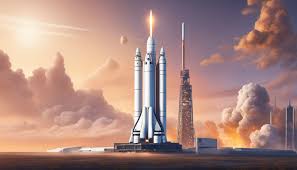
Challenges and Setbacks: The road to success was not smooth. Falcon 1 faced numerous technical, financial, and logistical challenges that put SpaceX’s future in jeopardy. The rocket’s development process was far more complex than initially anticipated, and Musk’s decision to personally fund the project, especially after his other ventures, created financial pressure on him and his company.
Falcon 1’s first three launches were unsuccessful. The first flight in 2006 failed to reach orbit, while the second and third attempts in 2007 and 2008 experienced similar technical failures. These setbacks were costly, not just in terms of finances but also in terms of reputation. Musk, however, remained undeterred. He understood that space exploration was filled with risk, and he had a long-term vision that required resilience and perseverance.
Despite these early failures, Musk refused to give up. SpaceX’s ability to keep pushing forward in the face of adversity was one of the defining features of the company’s culture. Musk invested more of his personal fortune to keep the company afloat, driven by his belief that success in space exploration would require both technological breakthroughs and overcoming setbacks.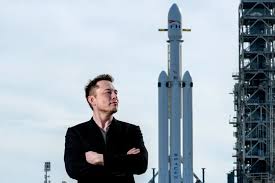
Success and the Historic First Launch: In July 2009, Falcon 1 achieved a historic success on its fourth attempt, becoming the first privately developed liquid-fueled rocket to reach orbit. This success marked a major milestone, not just for SpaceX but for the entire aerospace industry. It proved that private companies could develop rockets capable of reaching orbit, challenging the status quo of government-run space programs.
The successful launch of Falcon 1 was a critical turning point for SpaceX. It demonstrated that the company’s approach to space exploration—combining innovation, cost efficiency, and private funding—was viable. The success also secured SpaceX’s reputation in the space industry, attracting interest from investors and government agencies alike. SpaceX had taken its first step toward Musk’s grand vision of reducing the cost of space travel and enabling private companies to contribute to humanity’s space exploration ambitions.
The Falcon 1’s success was also a testament to Musk’s unyielding determination. Despite multiple failures, he refused to give up on the project, understanding that space exploration would never be a smooth ride. The ability to turn failures into learning experiences and persist in the face of adversity became a hallmark of Musk’s leadership style and was instrumental in shaping the future of SpaceX.
Impact on the Space Industry and the Future of Space Exploration: The successful launch of Falcon 1 set the stage for even greater accomplishments for SpaceX. It proved that private companies could develop and launch rockets into space, reducing reliance on government agencies and opening up new possibilities for commercial space ventures. SpaceX went on to develop the Falcon 9, a much larger and more advanced rocket, which became a workhorse for launching satellites, cargo, and even astronauts to the International Space Station (ISS).
The development of Falcon 1 also led to significant advances in rocket reusability, a key factor in reducing the cost of space exploration. SpaceX’s continued innovation in reusable rockets, such as the Falcon 9, revolutionized the space industry by enabling rockets to be reused multiple times, drastically reducing launch costs. The success of Falcon 1 was not just about a single rocket—it set the foundation for the future of space technology.
Musk’s vision of reducing the cost of space exploration and making space accessible to private companies and even individuals has begun to materialize through SpaceX’s innovations. The company has continued to dominate the commercial space sector, securing contracts with NASA, launching numerous satellites, and pioneering the development of the Starship, which is designed for deep-space missions, including Mars colonization.
A New Era of Space Exploration: The legacy of Falcon 1 goes far beyond just one successful launch. It represents the beginning of a new era in space exploration, one where private companies play an integral role in advancing technology, launching missions, and creating opportunities for human settlement beyond Earth. SpaceX has become a leader in this new era, and the success of Falcon 1 is the cornerstone of the company’s groundbreaking achievements.
Musk’s ultimate goal of sending humans to Mars and creating a sustainable presence on the Red Planet relies on the same spirit of innovation and resilience that led to the success of Falcon 1. The launch of Falcon 1 proved that with the right combination of vision, technology, and determination, even the most ambitious goals could be achieved. This success laid the groundwork for future missions, including the development of the Starship, which Musk believes will be the key to enabling humans to live on Mars.
Conclusion: Elon Musk’s Falcon 1 was far more than just a rocket—it was the first step in a journey that would ultimately redefine the space industry and humanity’s future in space. Despite early failures and enormous challenges, Musk’s determination to prove that private companies could contribute to space exploration resulted in a historic achievement that set SpaceX on the path to success. The legacy of Falcon 1 continues to shape the direction of space travel today, as SpaceX continues to innovate and push the boundaries of what is possible. Musk’s vision of making space accessible to all and paving the way for human life on Mars is no longer just a dream—it’s a reality that began with the launch of Falcon 1.







